Eurozone PMI Manufacturing was finalized at 49.8 in July, down from 52.1. That’s also a 25-month low. PMI Manufacturing Output Index was finalized at 46.3, down from June’s 49.3, a 26-month low.
Looking at some member states, PMI manufacturing in the Netherlands dropped to 20-month low at 54.5. Austria recovered to 2-month high at 51.7. France (49.6, 26-month low), Germany (49.3, 25-month low), Greece (49.1, 19-month low), Spain (48.7, 26-month low), and Italy (48.5, 25-month low) were all in contraction.
Chris Williamson, Chief Business Economist at S&P Global Market Intelligence said: “Eurozone manufacturing is sinking into an increasingly steep downturn, adding to the region’s recession risks….
“Production is falling at especially worrying rates in Germany, Italy and France, but is also now in decline in all other surveyed countries except the Netherlands, and even here the rate of growth has slowed sharply…
“The energy crisis adds to the risks that not only will weaker demand and destocking cause manufacturing production to decline at an increased rate in the coming months, but reduced energy supply will act as an additional drag on the sector.”
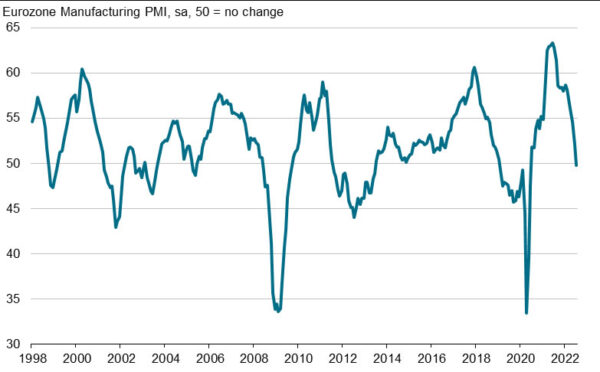
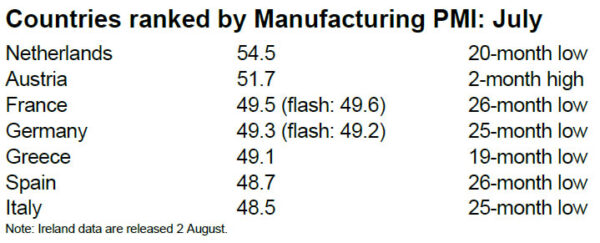
Full release here.




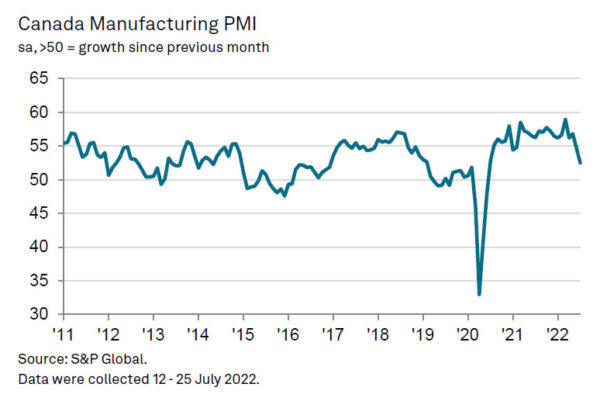
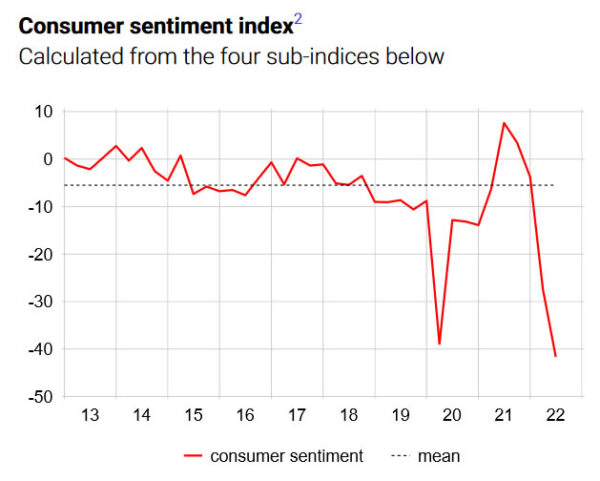
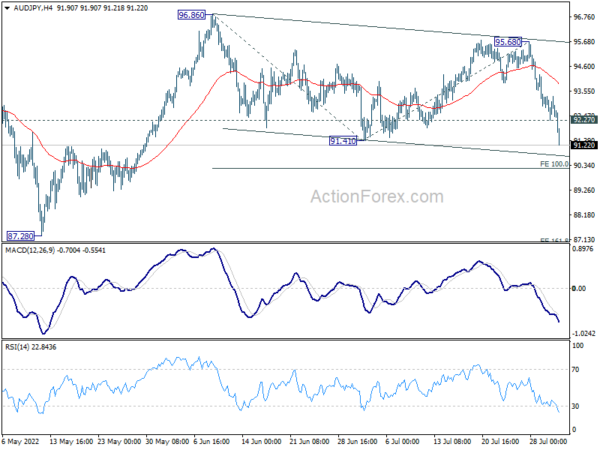
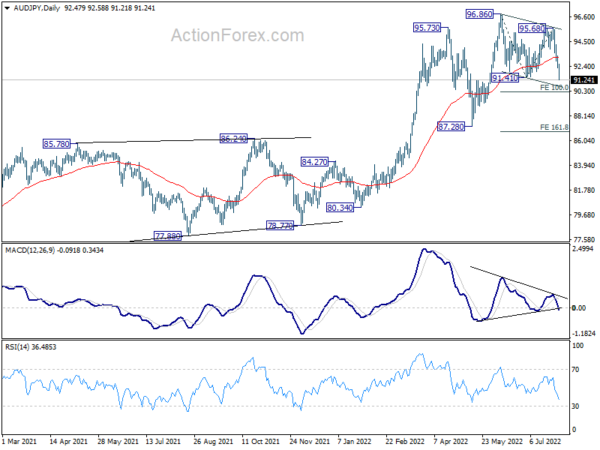
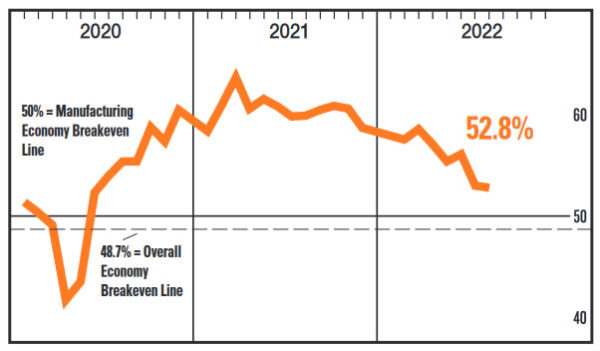
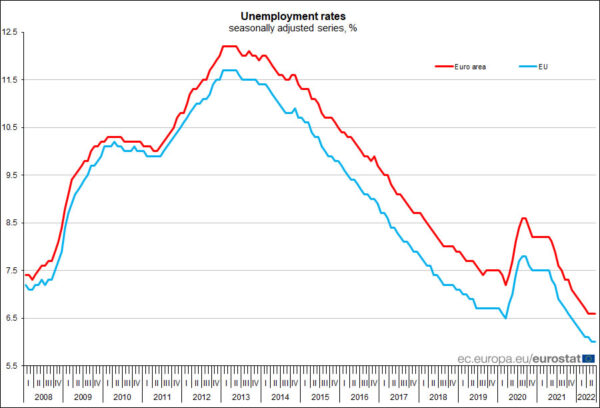
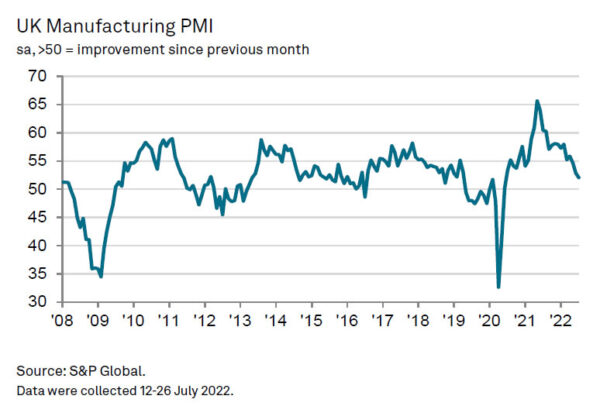


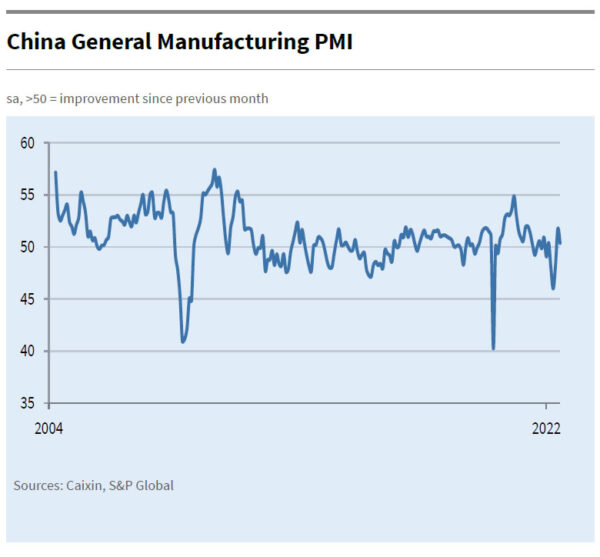
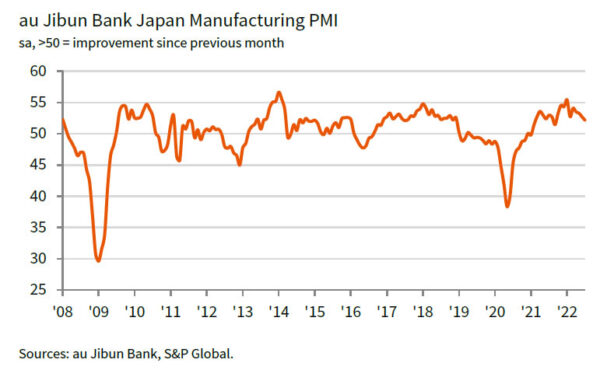
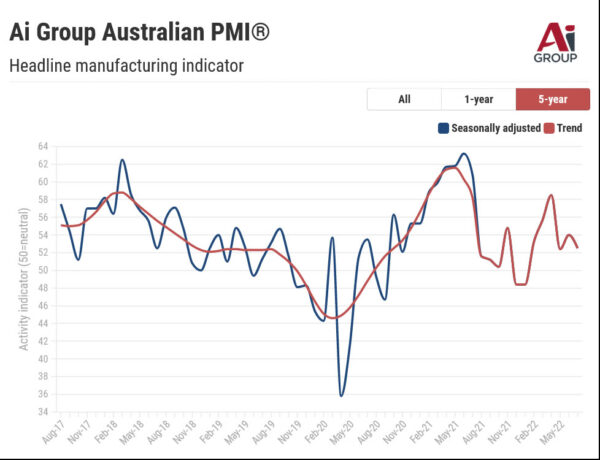
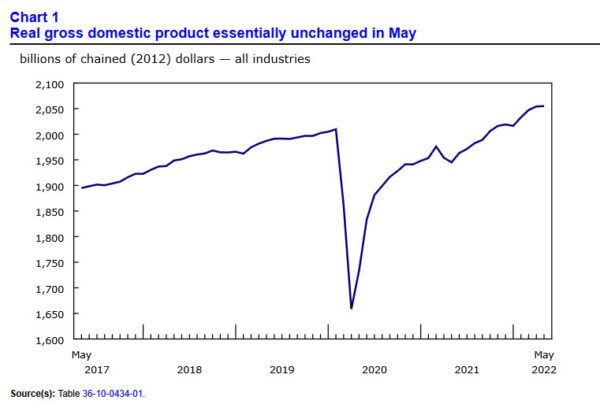
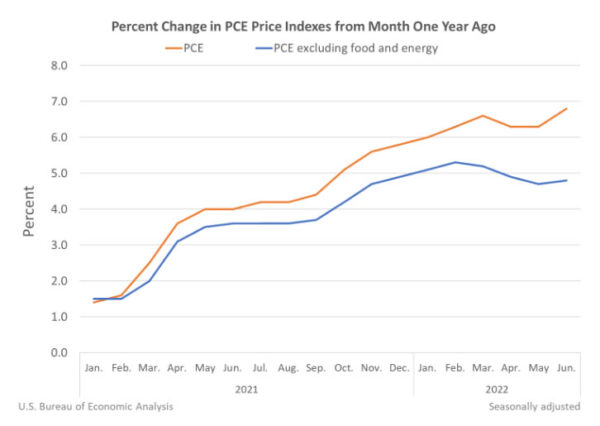
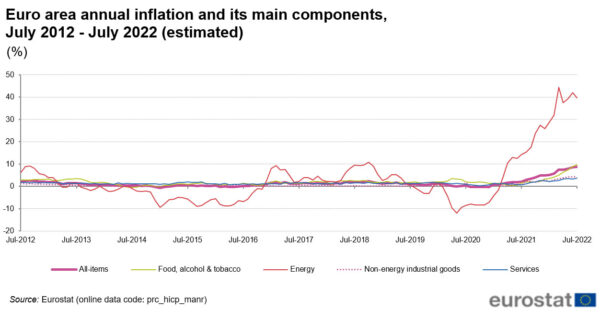
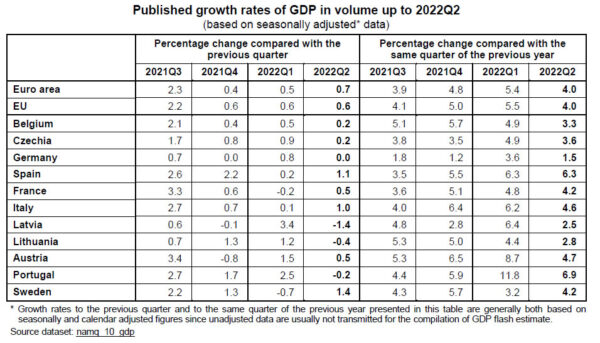
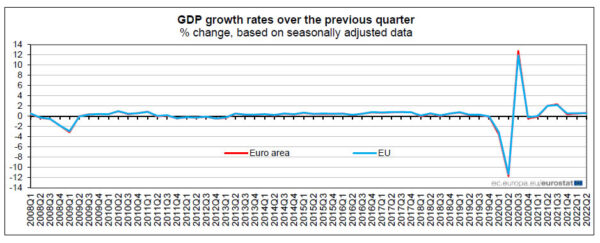
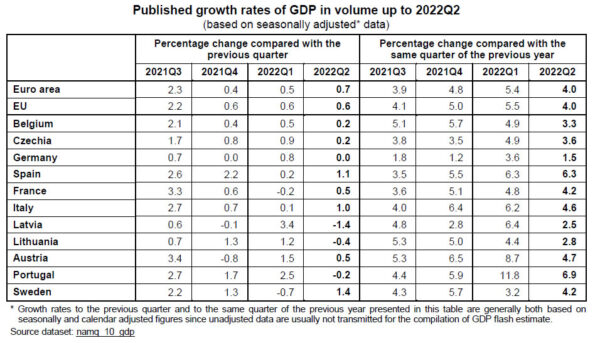
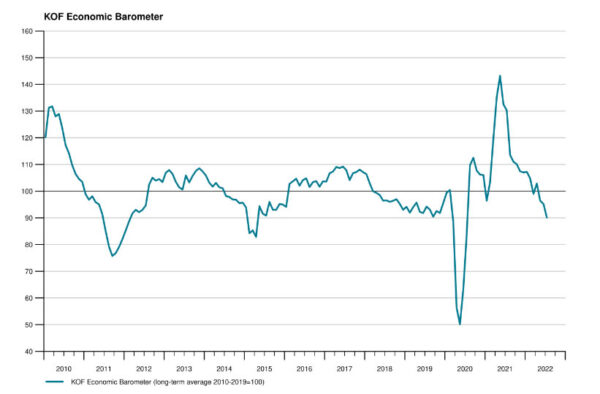

Fed Mester: We’re not in a recession, have more work to do on inflation
Cleveland Fed President Loretta Mester said in a Washington Post interview yesterday, “I don’t believe we’re in a recession… We don’t have a slowdown in labor markets, and that’s two key factors that go into calling a recession.”
“Our policy has been to raise interest rates in order to cool down the demand side of the economy…. but certainly it hasn’t slowed enough, (a), to call it a recession; and (b), to even see that moderation in demand showing through yet to a moderation and a cooling-off of price increases and inflation,” she added.
“We have more work to do because we have not seen that turn in inflation. It’s got to be a sustained several months of evidence that inflation has first peaked – we haven’t even seen that yet – and that it’s moving down,” she also noted.
Full interview here.